Microchip MIC4101 Handleiding
Microchip
Niet gecategoriseerd
MIC4101
Bekijk gratis de handleiding van Microchip MIC4101 (30 pagina’s), behorend tot de categorie Niet gecategoriseerd. Deze gids werd als nuttig beoordeeld door 39 mensen en kreeg gemiddeld 4.3 sterren uit 20 reviews. Heb je een vraag over Microchip MIC4101 of wil je andere gebruikers van dit product iets vragen? Stel een vraag
Pagina 1/30

2022 Microchip Technology Inc. and its subsidiaries DS20006699A-page 1
MIC4100/1
Features
• Bootstrap Supply Voltage to 118V DC
• Supply Voltage up to 16V
• Drives High- and Low-Side N-Channel MOSFETs
with Independent Inputs
• CMOS Input Thresholds (MIC4100)
• TTL Input Thresholds (MIC4101)
• On-Chip Bootstrap Diode
• Fast 30 ns Propagation Times
• Drives 1000 pF Load with 10 ns Rise and Fall
Times
• Low Power Consumption
• Supply Undervoltage Protection
• 3Ω Pull-Up, 3Ω Pull-Down Output Resistance
• Space Saving 8-Lead SOIC Package
• –40°C to +125°C Junction Temperature Range
Applications
• High Voltage Buck Converters
• Push-Pull Converters
• Full- and Half-Bridge Converters
• Active Clamp Forward Converters
General Description
The MIC4100 and MIC4101 are high frequency, 100V
half-bridge MOSFET driver ICs that feature fast 30 ns
propagation delay times. The low-side and high-side
gate drivers are independently controlled and matched
to within 3 ns typical. The MIC4100 has CMOS input
thresholds and the MIC4101 has TTL input thresholds.
The MIC4100/1 include a high voltage internal diode
that charges the high-side gate drive bootstrap
capacitor.
A robust, high-speed, and low-power level shifter
provides clean level transitions to the high-side output.
The robust operation of the MIC4100/1 ensure the
outputs are not affected by supply glitches, HS ringing
below ground, or HS slewing with high speed voltage
transitions. Undervoltage protection is provided on both
the low-side and high-side drivers.
The MIC4100/1 is available in the 8-lead SOIC
package with a junction operating range from
–40°C to +125°C.
Typical Application Schematic
MIC4100/1
HI
MIC4100/1
SOIC-8
PWM
Controller LI
HO
HS
LO
HB
VDD
9V to 16V Bias
100V Supply
GND
V
OUT
100V Half-Bridge MOSFET Drivers

MIC4100/1
DS20006699A-page 2 2022 Microchip Technology Inc. and its subsidiaries
Functional Block Diagram
MIC4100/1
V
DD
HI
LI
LO
HS
HO
HB
V
DRIVER
SHIFT
DRIVER
HV
LEVEL
UVLO
UVLO
SS

2022 Microchip Technology Inc. and its subsidiaries DS20006699A-page 3
MIC4100/1
1.0 ELECTRICAL CHARACTERISTICS
Absolute Maximum Ratings †
Supply Voltage (VDD, VHB – VHS) .............................................................................................................. –0.3V to +18V
Input Voltages (VLI, VHI)....................................................................................................................–0.3V to V
DD + 0.3V
Voltage on LO (VLO)..........................................................................................................................–0.3V to V
DD + 0.3V
Voltage on HO (VHO).................................................................................................................V
HS – 0.3V to V
HB + 0.3V
Voltage on HS (Continuous) ........................................................................................................................–1V to +110V
Voltage on HB ......................................................................................................................................................... +118V
Average Current in VDD to HB Diode ....................................................................................................................100 mA
ESD Rating .............................................................................................................................................................Note 1
Operating Ratings ‡
Supply Voltage (VDD) .................................................................................................................................... +9V to +16V
Voltage on HS ............................................................................................................................................. –1V to +100V
Voltage on HS (Repetitive Transient) .......................................................................................................... –5V to +105V
HS Slew Rate........................................................................................................................................................ 50 V/ns
Voltage on HB .............................................................................................................................. V
HS + 8V to VHS + 16V
and ............................................................................................................................................. V
DD – 1V to VDD + 100V
† Notice: Stresses above those listed under “Absolute Maximum Ratings” may cause permanent damage to the device.
This is a stress rating only and functional operation of the device at those or any other conditions above those indicated
in the operational sections of this specification is not intended. Exposure to maximum rating conditions for extended
periods may affect device reliability.
‡ Notice: The device is not guaranteed to function outside its operating ratings.
Note 1: Devices are ESD sensitive. Handling precautions are recommended. Human body model, 1.5 kΩ in series
with 100 pF.
Product specificaties
| Merk: | Microchip |
| Categorie: | Niet gecategoriseerd |
| Model: | MIC4101 |
Heb je hulp nodig?
Als je hulp nodig hebt met Microchip MIC4101 stel dan hieronder een vraag en andere gebruikers zullen je antwoorden
Handleiding Niet gecategoriseerd Microchip
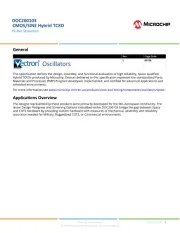
14 Mei 2025
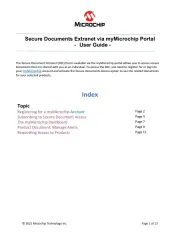
6 Mei 2025
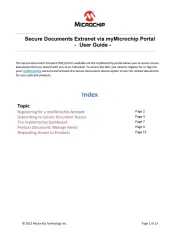
6 Mei 2025
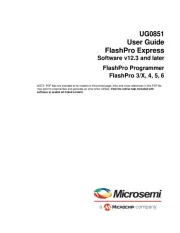
6 Mei 2025
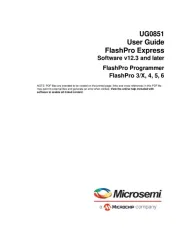
6 Mei 2025
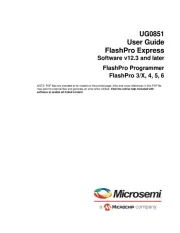
6 Mei 2025
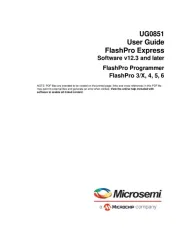
6 Mei 2025
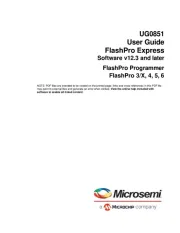
6 Mei 2025
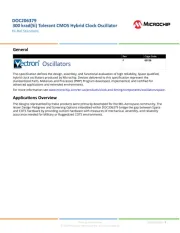
6 Mei 2025

6 Mei 2025
Handleiding Niet gecategoriseerd
- PowerXL
- Ikarao
- Smith-Victor
- Radio Flyer
- Haxe
- Bbf
- GameDay
- Blebox
- Wimberley
- Chef's Choice
- Plantronics
- Peerless-AV
- Audix
- Nelson
- MIFAB
Nieuwste handleidingen voor Niet gecategoriseerd

17 September 2025
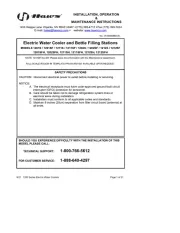
17 September 2025

17 September 2025

17 September 2025

17 September 2025

17 September 2025
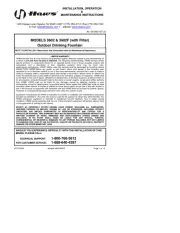
17 September 2025
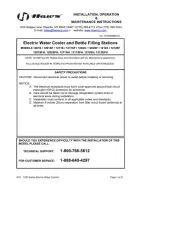
17 September 2025

17 September 2025

17 September 2025